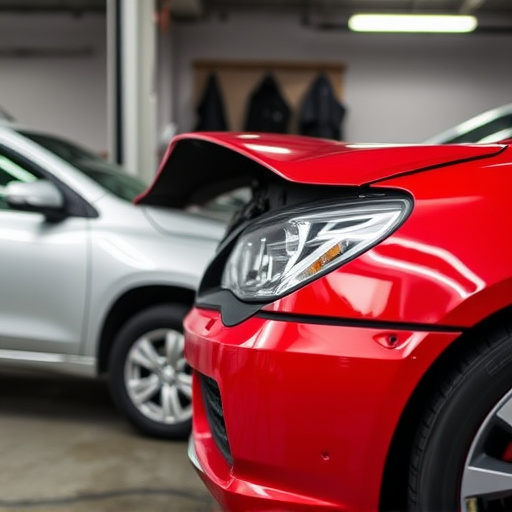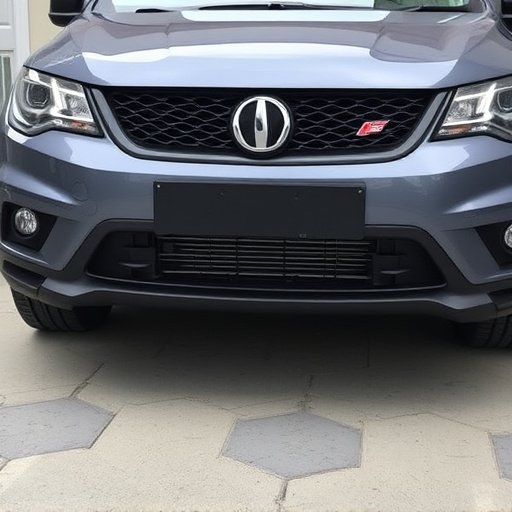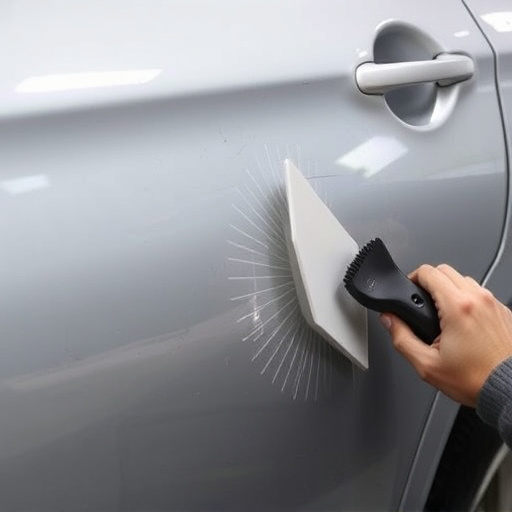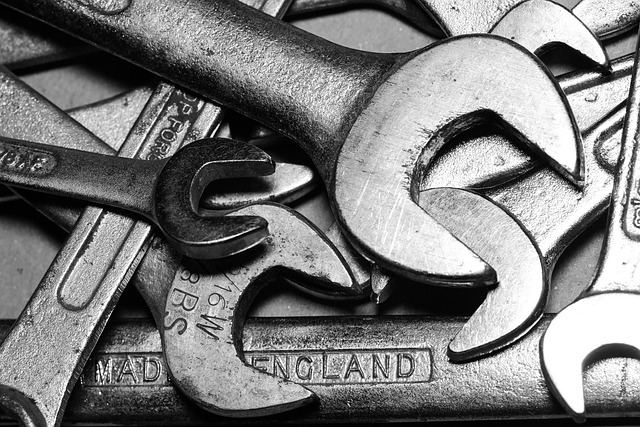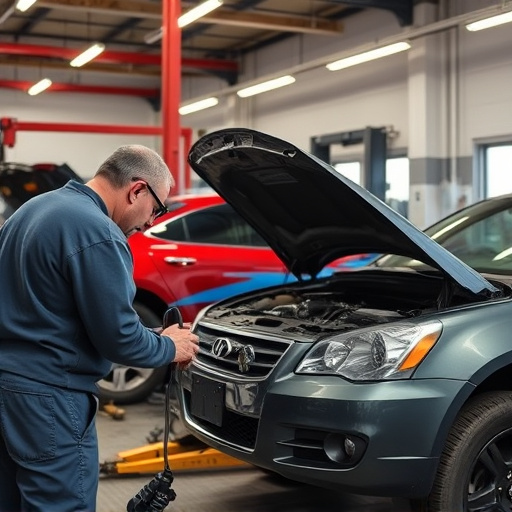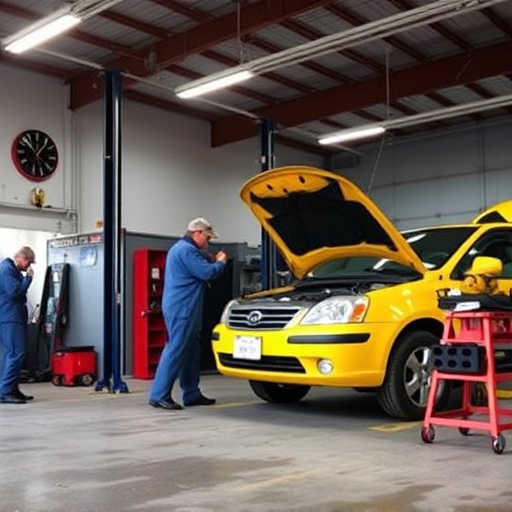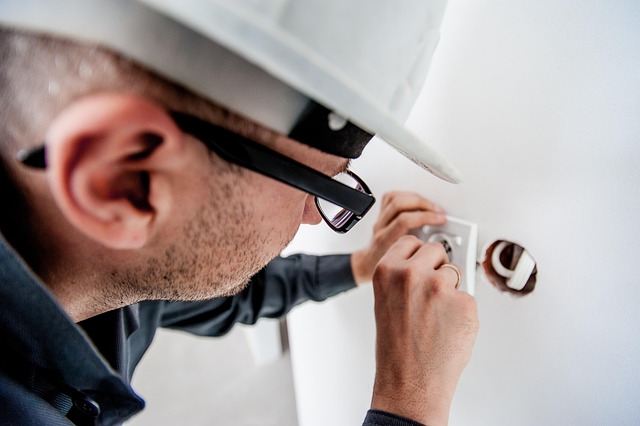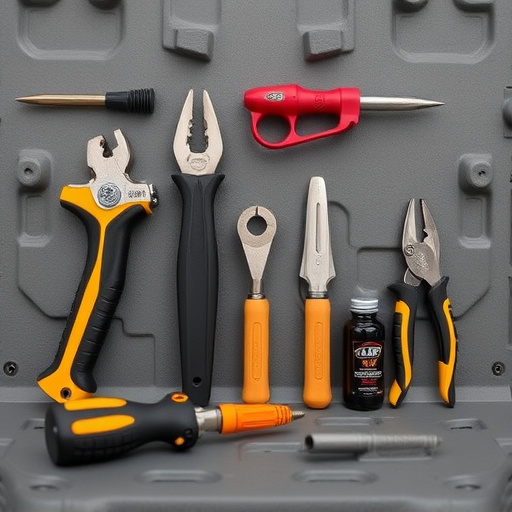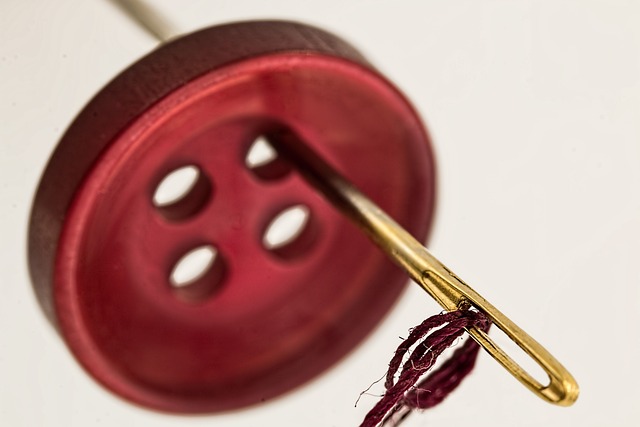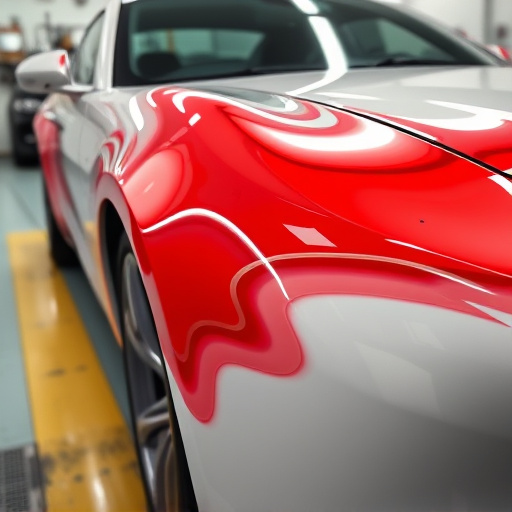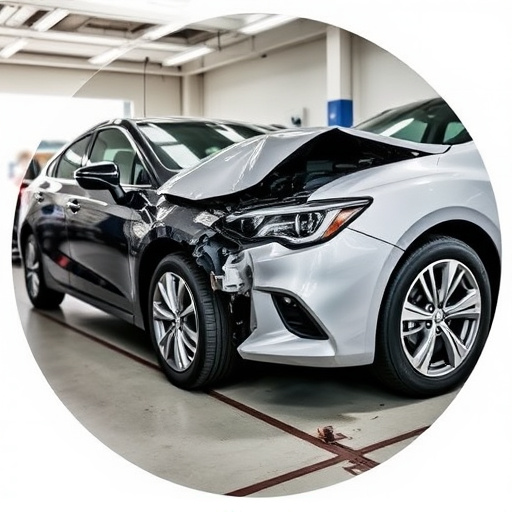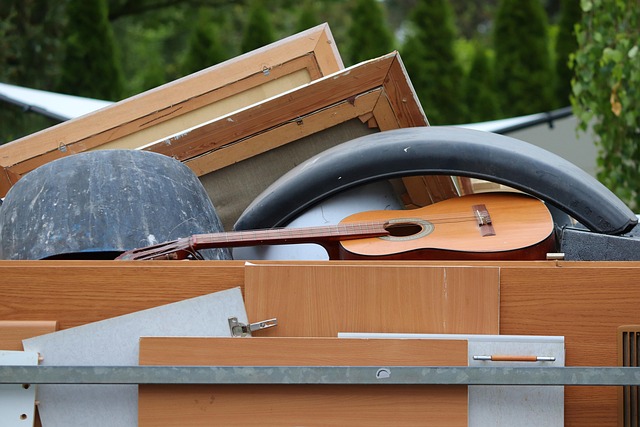Mercedes carbon fiber parts, though strong and durable, can develop cracks from various factors. Repairs require specialized knowledge and techniques from automotive experts using advanced tools to assess damage, pinpoint origins, and employ precise methods for restoration, maintaining structural integrity and aesthetic appeal. Regular cleaning and coating maintain material integrity. Minor cracks can be addressed with resin injection; severe cases may necessitate replacement, but advanced collision repair techniques enable seamless integration of new parts.
“Mercedes carbon fiber parts, known for their lightweight strength, can unexpectedly crack, causing concern among owners. This comprehensive guide delves into the intricate world of Mercedes carbon fiber part cracking, offering insights into its causes and potential remedies. From manufacturing defects to environmental stressors, we explore common culprits behind this issue. Furthermore, we provide effective strategies for repair, ensuring these high-performance components last. Discover expert tips on Mercedes carbon fiber parts repair, catering to both enthusiasts and professional mechanics.”
- Understanding Mercedes Carbon Fiber Part Cracking
- Common Causes of Carbon Fiber Damage
- Repair Strategies for Mercedes Carbon Fiber Parts
Understanding Mercedes Carbon Fiber Part Cracking

Understanding Mercedes Carbon Fiber Part Cracking
Mercedes carbon fiber parts are renowned for their lightweight strength and durability, making them a sought-after choice in automotive manufacturing. However, even with these superior properties, carbon fiber composites can crack under certain conditions. Factors such as sudden changes in temperature or humidity, excessive stress during installation or impact events like automotive collisions, can all contribute to structural weaknesses that result in cracks. These cracks not only compromise the aesthetics of the vehicle but also affect its overall performance and safety.
For Mercedes benz collision repair, addressing carbon fiber part cracking requires specialized techniques and knowledge. Automotive collision repair experts use advanced tools and methods to assess the extent of damage, precisely locate the crack’s origin, and undertake careful repairs that restore the integrity of the composite material. By employing these meticulous approaches, including the use of specialized adhesives and resins, the original vehicle’s structural integrity can be reclaimed, ensuring a superior outcome for vehicle bodywork.
Common Causes of Carbon Fiber Damage
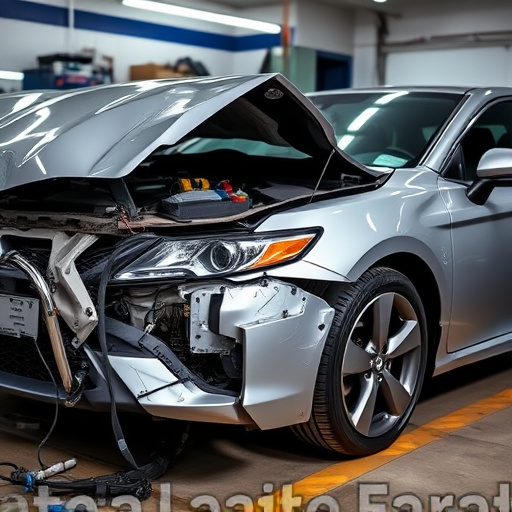
Mercedes carbon fiber parts are renowned for their lightweight strength and sleek aesthetics, making them a popular choice for high-performance vehicles. However, even with advanced materials, these components can suffer damage over time. Common causes of carbon fiber damage include hail damage repair and accidental impacts, which can lead to cracks or fissures on the surface. Environmental factors play a significant role too; extreme temperatures, UV exposure, and humidity can degrade the material’s integrity, especially if the parts aren’t properly protected or maintained during classic car restoration processes.
Additionally, improper installation or handling can contribute to fractures, particularly in complex geometries where stress concentrations are more prevalent. Unlike traditional metal panels, carbon fiber parts require specialized techniques for paintless dent repair and restoration, ensuring minimal disruption to their structural integrity. Regular cleaning and coating maintain the material’s performance, shielding it from damaging elements and enhancing its longevity.
Repair Strategies for Mercedes Carbon Fiber Parts
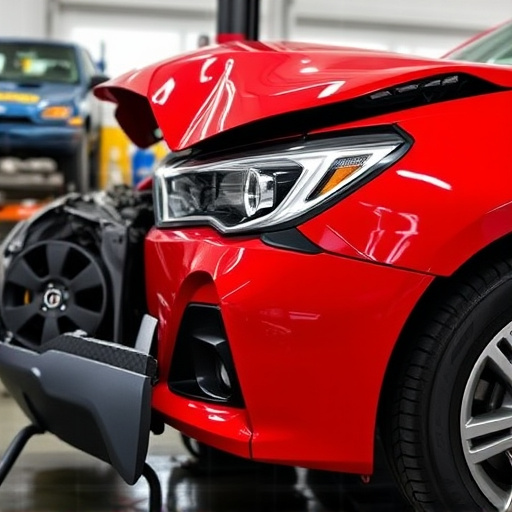
Reparating Mercedes carbon fiber parts that have cracked requires a delicate balance between preserving the original integrity and restoring the part to its functional state. The first step is always thorough inspection, identifying the extent of the damage and assessing the feasibility of repair. Given the specialized nature of these composite materials, professional intervention is often necessary for optimal results.
For minor cracks, a resin injection technique can be employed, where a specialized epoxy resin is injected into the damaged area to fill voids and reinforce the structure. This method not only helps in structural restoration but also enhances the aesthetic appeal, making it suitable for even high-end models like Mercedes. For more severe cases, including extensive cracking or damage affecting structural integrity, complete replacement might be required. However, with advancements in collision repair techniques, achieving seamless integration of new carbon fiber parts with the existing vehicle is now more feasible than ever, ensuring both safety and aesthetic coherence.
Mercedes carbon fiber parts, known for their lightweight strength, can develop cracks due to various factors. Understanding these causes—from exposure to extreme temperatures and impact forces to improper manufacturing or material flaws—is crucial for effective repairs. By employing specialized techniques such as composite repair kits and expert restoration, damaged Mercedes carbon fiber parts can be restored to their structural integrity, ensuring both safety and aesthetic appeal for these high-performance vehicles. Efficient repair strategies not only extend the lifespan of these components but also preserve the vehicle’s overall value in the competitive automotive market.
